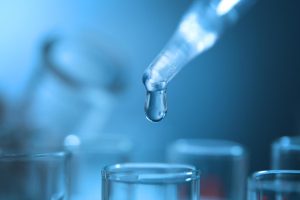What exactly is water testing?
Water testing is the process of identifying and treating problems associated with your water, such as illness, staining on plumbing, odors or changes in the appearance of the water. It may also indicate the need for additional water quality tests.
(Looking for “Water Treatment Services“? Contact us Today!)

What are the different types of water tests?
There are many different types of water tests, all designed to determine how safe or unhealthful a body of water is for drinking or other household uses. Some test for chemical contaminants, while others are a measure of more basic traits such as conductivity and odor or sediment and turbidity.
What are the most important water quality indicators?
The most important general water quality indicators are pH, total coliform bacteria, nitrates, and chlorides. High or low pH values and turbidity typically indicate the presence of corrosive water, while high concentrations of chloride ions indicate the need for water treatment to remove salts and corrosion-causing metals.
What are the most common nuisance contaminants?
Nuisance contaminants are chemicals or substances that cause no harm to human health but have a negative effect on the water’s appearance, taste or odor. These can include iron bacteria, hydrogen sulfide or hardness.
What are the best ways to test your water?
Getting a thorough understanding of your water’s symptoms is the best way to begin identifying and fixing problems. This is especially true if your water causes stains on pipes, scaly deposits, or a bad smell.
When water is contaminated with pollutants, it can be unsafe to drink and should never be consumed. This is due to the fact that it can contain a variety of heavy metals, cadmium, copper, lead and manganese, as well as other contaminants such as pesticides, fertilizers and industrial materials.
What is the difference between chemical and microbiological testing?
Chemical tests are used to detect the presence of pollutants, whereas microbiological tests are used to determine whether or not the water contains certain bacteria. Bacteriological testing is generally done on a yearly basis, and can indicate the need for secondary water treatment to remove bacteria that would otherwise be present in the water.
What is the best way to test for a particular contaminant?
Depending on the test, you’ll need to collect a sample of water from the area of concern. Your sampling kit should come with instructions on how to properly collect the sample. You can then take it to a certified laboratory to get an accurate results.
How can you use your water analysis report?
A water analysis report tells you the name of the contaminant that was found in your water and its measured concentration. It also tells you any problems the water may have and what steps to take next to treat the problem.
What is the cost of water testing?
The cost of water testing will vary based on the type of contaminant that you want to have tested. In general, most of these tests will cost between $10 and $20 per test.

